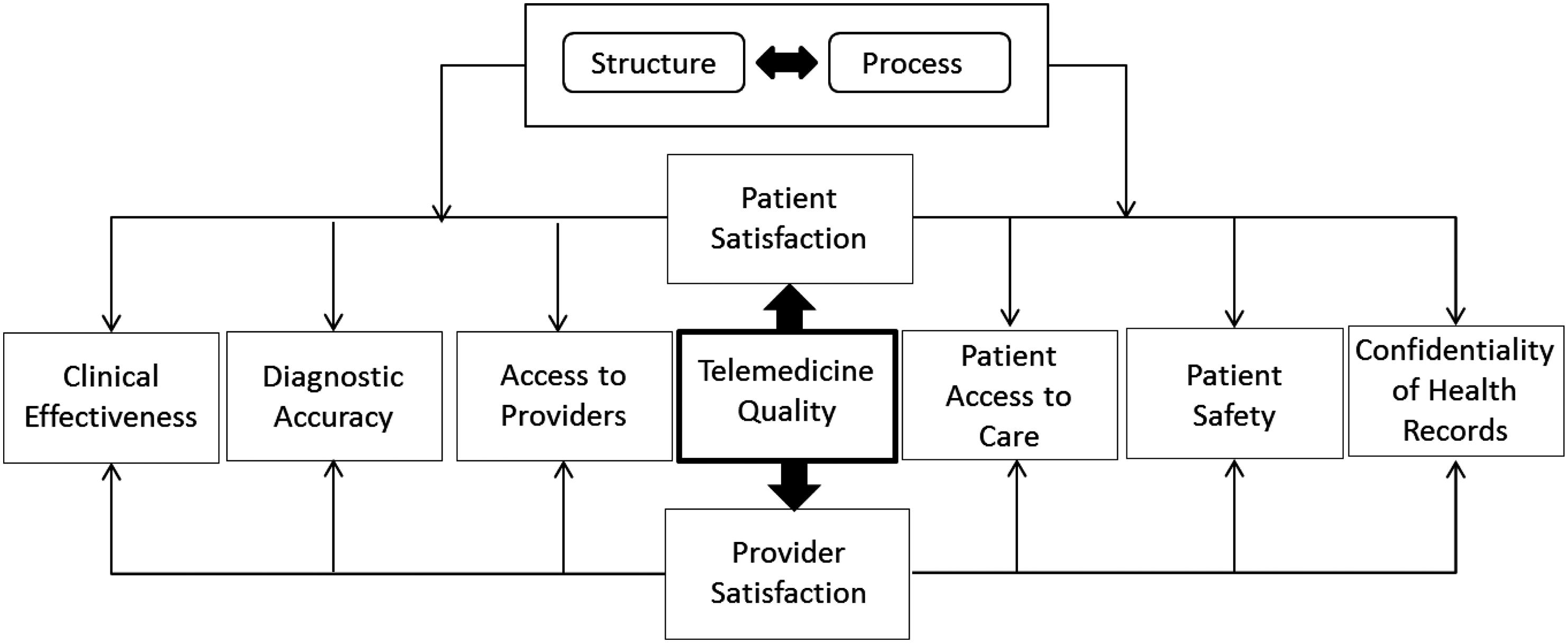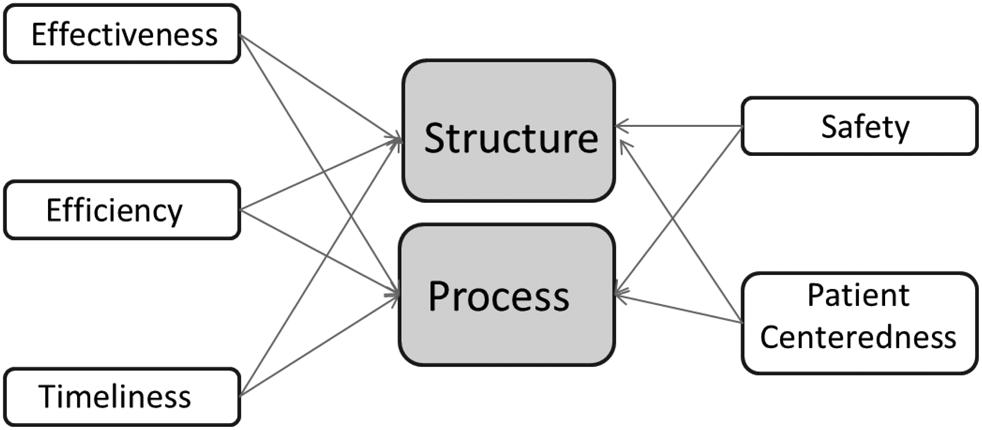
3 minute read
Digital Health Applications
2. Telehealth—information and health (data/communications) via electronic communication (also email) 3. Mobile health (or mHealth)—via mobile devices (including wearables, smartphone, laptop) 4. Wireless health—wireless technology for medicine (diagnosis, treatment, remote monitoring)
Digital transformation is not just about technology. It is about the challenges facing healthcare across the entire ecosystem, including innovation, building a viable and sustainable future for healthcare, and leveraging technology and the abundant, yet unstructured data and information. This is especially important because of the challenges of dealing with security, privacy, and compliance as they relate to personal data. Organizations slow to digitize their offerings and operations (i.e., to adopt a digital-native operating model) over the next three years will find themselves competing for only a minority—and a progressively shrinking minority—of their market segments’ opportunities (IDC FutureScape, 2017). According to FutureScape, by 2020, 60% of all enterprises will have effected an organization-wide digital transformation platform strategy and will be in the process of implementing that strategy as the new IT core for competing in the digital economy. This prediction is about a new enterprise IT foundation for digital transformation: a new way of designing, sourcing, integrating, and running IT that accelerates digital innovation at the scale and pace required to compete in the digital transformation economy. The increasing role of AI is inescapable to healthcare executives. By 2019, 40% of digital transformation initiatives will use AI services; by 2021, 75% of commercial enterprise apps will use AI; over 90% of consumers will interact with customer support bots; and over 50% of new industrial robots will leverage AI (IDC FutureScape, 2017).
Advertisement
Mobile applications offer people the ability to monitor, manage, and improve their health, reach their wellness goals, and interact with their healthcare provider. In 2017, there were 325,000 mobile health apps in use via the App store. Since 2016, 78,000 new apps have been added to major app stores (Research2Guidance, 2017). The majority of the applications utilize advanced technology and are quite easy to use.
Digital health apps can improve value-based care through appointment reminders, the monitoring of patients with chronic conditions, and other functions that can improve the overall health of a patient population. There are several types of digital health tools in use today. The IQVIA Institute for Human Data Science lists 11 categories of digital health tools in their report “The Growing Value of Digital Health” (IQVIA Institute for Human Data Science, 2017):
◾ Consumer mobile apps ◾ Consumer wearables ◾ Connected biometric sensors ◾ Smartphone cameras ◾ Clinical trial patient information collection tools ◾ In-home connected virtual assistants ◾ Telemedicine and virtual physician visits ◾ Personal health records ◾ Web-based interactive programs ◾ Text messaging or email ◾ Health system disease management apps
In the IQVIA definition, digital health is mHealth.
Healthcare organizations seeking digital transformation must transform processes, business models, and the customer experience by creating the appropriate digital connections among systems, people, locations, and things. Large or small, all hospitals, clinics, urgent care centers, nursing homes, and emergency rooms can use digital technology to achieve their aims. Most healthcare professionals (physicians, nurses, technicians, medical assistants, nurse practitioners, etc.) serve only one small slice of their patients’ overall ecosystem, thus limiting their opportunity to meet their customers’ end-to-end needs. An inside-out focus on delivering healthcare services ignores the fact that patients’ desires are at the heart of their personal value ecosystems.
Medical professionals who can pivot their approach to a fundamentally outside-in patient-outcome mindset create new opportunities for growth. To do this, healthcare organizations must re-envision themselves not as a set of products and services, but as part of a personal value ecosystem. This notion challenges the nature of a healthcare organization’s relationships with its patients and partners. It also enables healthcare organizations to increase the value that they provide by digitally enhancing existing services. As a





